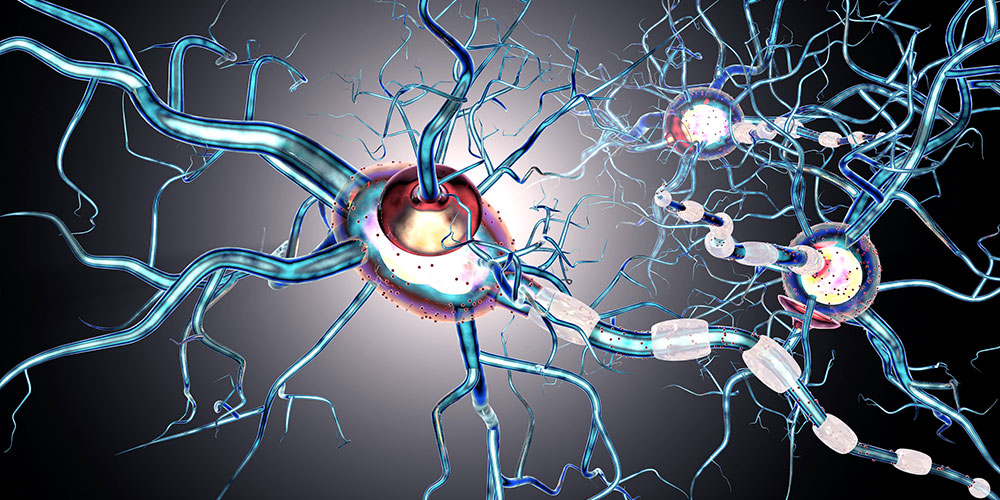
Many of us have heard of the neurological disorder Alzheimer’s disease, which affects 1 in 9 over the age of 65. But fewer are familiar with a rarer form of dementia called Huntington’s disease which affects just 5.7 of every 100,000 people.
May is Huntington’s Disease Awareness Month, so let’s dive in a bit on what this disease is and where we are in treating it.
Discovery and diagnosis of Huntington’s
Huntington’s is an inherited neurological disorder that breaks down nerve cells involved in voluntary movement. The disease was first characterized by George Huntington in his 1872 paper detailing patients’ loss of motor control, jerky movements, personality changes, and cognitive decline. Huntington documented a hereditary pattern for the disease, but it wasn’t until 1983 when the Huntington gene (HTT) was molecular mapped to a human chromosome.
Gene regulation
HTT regulates neuronal and glial function in the brain, but an abnormal expansion of glutamine (polyQ) leads to Huntington’s. These abnormal HTT proteins form glue-y plaques in the brain — clumps of the protein with a specific Beta-sheet fold and difficult-to-dissolve (insoluble) structure.
Treating the plaques
Amyloid plaques are a characteristic among many neurological diseases (i.e. alpha-synuclein in Parkinson’s, amyloid-beta in Alzheimer’s). These diseases are difficult to treat due to their rigid and insoluble nature and the lack of tools able to disassemble these plaques in cells.
Current treatments of Huntington’s disease focus on limiting involuntary movements, but unfortunately this is preventative management and not a cure.
Recent drug approval for Alzheimer’s targets the amyloid plaque related to the disease, beta-amyloid, and many think similar approaches can be used for other amyloid plaque based diseases including Huntington’s.
Huntington's disease: a rare cousin of Alzheimer's - ASBMB Today
Read More

No comments:
Post a Comment